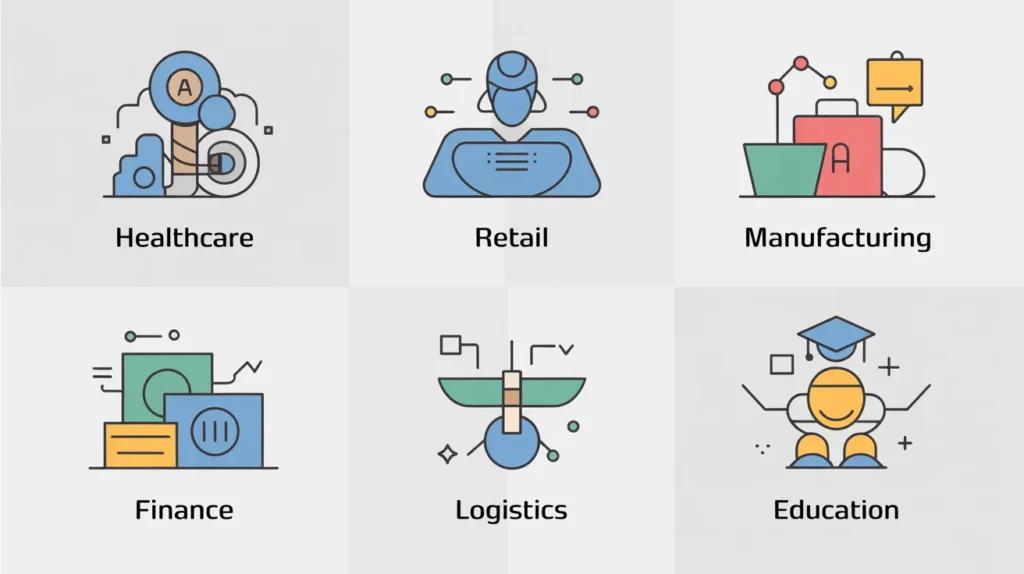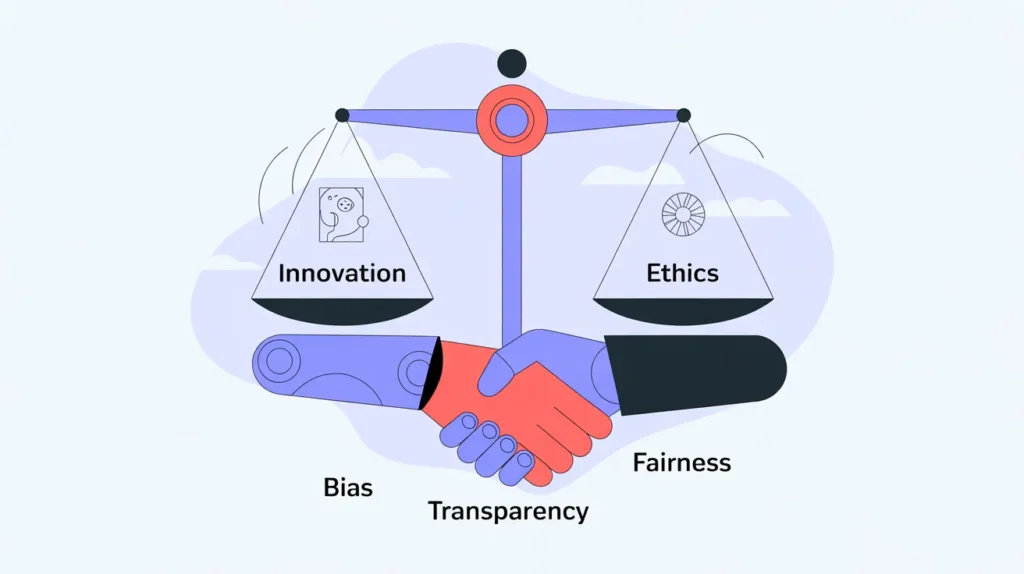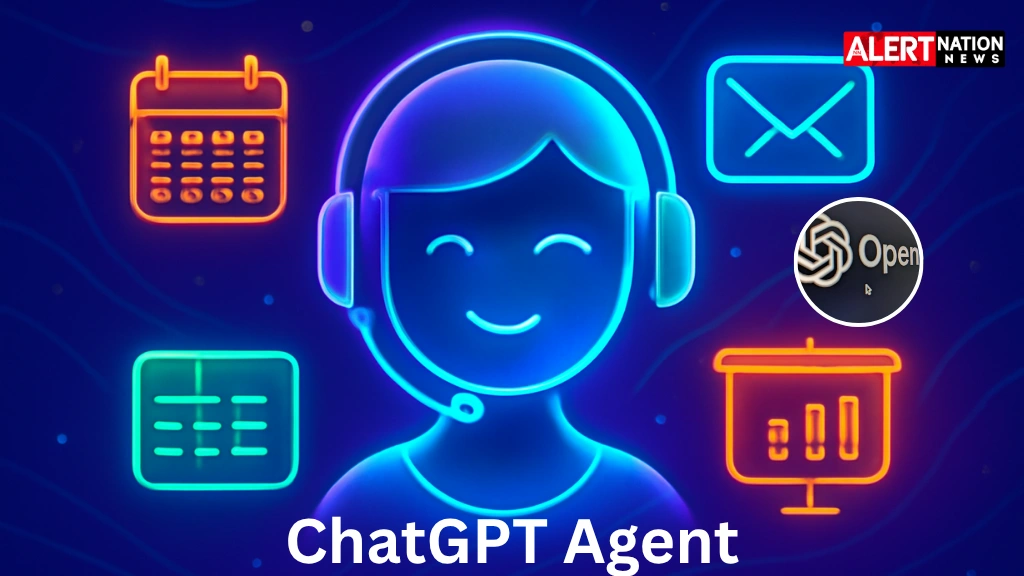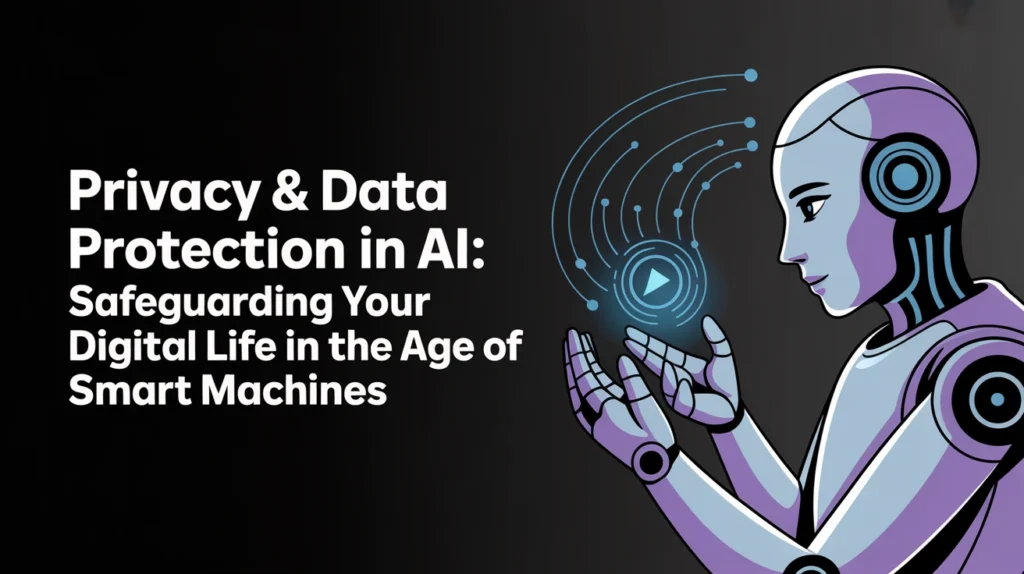Welcome! If you’ve landed here, you’re likely a business leader, manager, or simply an AI enthusiast eager to understand where artificial intelligence (AI) truly creates value in the real world—without all the technical jargon. In this in-depth post, we’ll break down how to spot AI’s biggest opportunities in both industries and business functions, with clear examples, mini case studies, and plenty of actionable takeaways. So that you don’t miss out on anything and stay further, we’ll also weave in key ideas from reports I’ve read and point to the crucial role of “AI ethics” and responsible AI adoption throughout.
Why Focus on Value, Not Hype?
Every headline seems to shout about the next big breakthrough in artificial intelligence. But as I’ve learned—from case studies, market reports, and stories from business leaders—the most successful organizations don’t just jump on the AI bandwagon. Instead, they start with one key question: Where can AI move the needle for our business?
Industry experts from Harvard and IBM agree: it’s always best to begin by identifying genuine pain points and business goals. Only then should you bring in the AI tools.
Think of AI as a powerful engine. But unless you know what car you’re driving, and where you need to go, even the best engine won’t get you anywhere.
1. How AI Unlocks Value?
AI isn’t “one size fits all.” Every industry has its own set of needs, challenges, and massive opportunities for value creation. Let’s explore some of the most high-impact fields.

Healthcare
Healthcare is one of the most exciting frontiers for AI. Imagine using AI to analyze thousands of medical scans in seconds—spotting tumors or heart problems that even skilled doctors might miss. I recently read about hospitals using AI not just for diagnosis, but for automating repetitive admin tasks. The result? Faster care, fewer mistakes, and more time for doctors to interact with patients.
According to a report in The Lancet, AI-driven diagnostic tools can increase early detection rates for certain cancers by more than 15% compared to standard procedures.
Retail & E-commerce: Personalization and Smart Inventory
Ever wondered how Amazon or your favorite online shop seems to “just know” what you’re looking for? AI-powered recommendation engines are at work, learning what you might want based on your clicks and past buys. But that’s not all—AI also kicks in behind the scenes, helping stores predict inventory needs, avoid overstocking, and even reduce food waste in grocery chains.
“Retailers using AI to optimize inventory saw up to 30% reduction in waste and out-of-stock items,” says a recent McKinsey study.
Manufacturing: Quality Control and Predictive Maintenance
In manufacturing, downtime is expensive. With AI-driven predictive maintenance, companies monitor their machines in real time and can spot issues before they cause breakdowns. On top of that, AI-powered visual inspection tools catch product defects instantly, making quality control faster and far more consistent.
Example: Siemens uses AI in its plants to catch minute defects invisible to the human eye, massively reducing rework costs.
Financial Services: Fraud Detection and Smart Risk Management
Banks and insurers love how AI can flag suspicious transactions in milliseconds or assess loan applications based on dozens of factors—not just the applicant’s credit score. This means fraud catches are faster, and lending can be both safer and more inclusive.
“AI-driven risk models helped cut loan defaults by 12% in pilot programs at several US banks,” according to a 2024 Deloitte report.
Supply Chain & Logistics: Route Optimization and Accurate Forecasting
Delivery giants like FedEx and Amazon use AI to chart the most efficient delivery routes, saving millions on fuel every year. AI also helps forecast demand, ensuring goods are in the right place at the right time—with less waste.
Education, Automotive, Hospitality, Energy, Real Estate, Media
Don’t think AI is just for “big tech.”
- Education: Learning platforms that adapt to each student’s pace.
- Automotive: Cars that “learn” to detect dangers or optimize routes.
- Hospitality: Hotels adjusting prices with AI based on demand spikes.
- Energy: Smart grids manage supply based on live data.
The bottom line? No matter your sector, there’s a smart way for AI to drive value.
Related Post: AI Implementation Roadmap: A Non-Technical Leader’s Guide to Turning Bold Ideas into real wins.
2. Business Functions Enhanced by AI
AI’s magic also shows up when we look inside organizations—where it supercharges essential business functions.

Customer Service: Chatbots and Personalization
We’ve all dealt with chatbots—but the newest AI-powered versions can understand customer requests, answer 24/7, and even sense when a human agent is needed. That means faster and more satisfying help for your customers, and less burnout for your staff.
Real-World Example:
Bank of America’s Erica chatbot has handled millions of requests, freeing up human agents for complex cases and improving customer satisfaction by 10% year-on-year.
Sales & Marketing: Smarter Targeting, Better Campaigns
AI-driven analytics help marketers figure out which leads are most likely to become customers—we call it “lead scoring.” AI can also suggest campaign ideas, personalize emails, and analyze what messages are really working.
Data Point:
According to Salesforce’s 2025 AI Business Trends, companies using AI in marketing see conversion rates improve by up to 50%.
HR & Talent: Finding and Keeping the Best People
AI can scan thousands of resumes in seconds, looking for not just experience but signals of cultural fit or future performance. It also helps predict which employees might be at risk of leaving, so HR can step in proactively.
Operations: Workflow Automation
AI can take over repetitive scheduling, reorder inventory automatically, and even plan complex projects. In manufacturing, this means more uptime. In service industries, it means happier customers and staff.
Finance: Forecasting, Analytics, Fraud Prevention
Beyond the bank, AI helps any business forecast future sales, automate tedious reconciliations, and quickly spot oddities that may indicate errors or fraud.
Product Development: Faster, More Creative Innovation
AI analyzes user feedback at scale, speeds up product testing, and even generates new design ideas. For startups, this can mean getting a better version of your product to market sooner.
IT & Security: Keeping Systems Safe
AI is becoming essential for detecting strange behavior inside company networks—flagging possible security problems long before they cause real damage.
Related Post:
3. Real-World Examples: AI Value in Action

Case Study 1: Healthcare Workflow Automation
A UK hospital group used AI to route patients to the right specialists and predict high-risk cases. The result: ER wait times dropped by 25%, and patient outcomes improved. (Source: NHS AI Labs, 2024)
Case Study 2: Retail Inventory Optimization
A major European grocer leveraged AI to forecast fresh food demand. Wasted unsold food dropped by 18%, saving millions and reducing their environmental footprint.
Case Study 3: HR Attrition Prediction
A tech firm used AI to flag employees likely to leave in the next year. By offering support and growth opportunities in advance, they reduced regrettable departures by 40%.
Related Post: Is Your AI Worth It? How to Track AI ROI with Real-World Examples
4. How to Identify High-Impact AI Opportunities in Your Organization
Step 1: List your three biggest business challenges and goals
- Example: Too much inventory waste, slow customer service, high employee turnover
Step 2: Ask, “Is there a way we could automate, predict, or personalize this?”
Step 3: Check if you have enough data to support an AI solution, and that your teams are open to change.
Step 4: Always consider AI Ethics before launching—think privacy, fairness, and transparency.
- For example, when using AI in hiring, double-check that your model doesn’t unintentionally discriminate.
Checklist:
- Do we have a real pain point?
- Is there enough (and high-quality) data?
- Are employees and leaders on board?
- Have we evaluated ethical and compliance risks?
- Is the business ready to test and learn?
Related post: The AI Blueprint: 4 Pillars Every Future-Ready Business Needs
5. The Crucial Role of AI Ethics
No discussion about value in AI is incomplete without talking about AI ethics.
Why? Because if you ignore ethics, you risk biased results, angry customers, and even lawsuits. Some keywords you’ll hear: responsible AI, bias mitigation, transparency, and data privacy.

Quick Tips:
- Always check if your data reflects diverse groups.
- Be transparent about how your AI works—especially in sensitive areas like finance or hiring.
- Follow legal and regulatory standards in your industry.
AI ethics isn’t just about avoiding trouble—companies that prioritize it build more trust and unlock long-term value.
Where AI Will Work for You
Spotting where AI can add business value is about understanding your sector’s pain points and your own company’s biggest functional needs. As you start your AI journey, stay grounded in real problems and ethical responsibility—combine the power of technology with a sharp focus on business goals, and you’ll see results.
Remember: Whether it’s speeding up diagnosis in healthcare, trimming waste in retail, or personalizing service in any field, the real “secret” is to always start with a question:
Where do we need the most help? What would truly move the needle?
Don’t forget to check out related resources on practical AI strategy, implementation roadmaps, and, of course, deep dives into AI ethics and responsible innovation. If you focus first on value, you’re already ahead of the pack.







Pingback: The AI Blueprint: 4 Pillars Every Future-Ready Business Needs